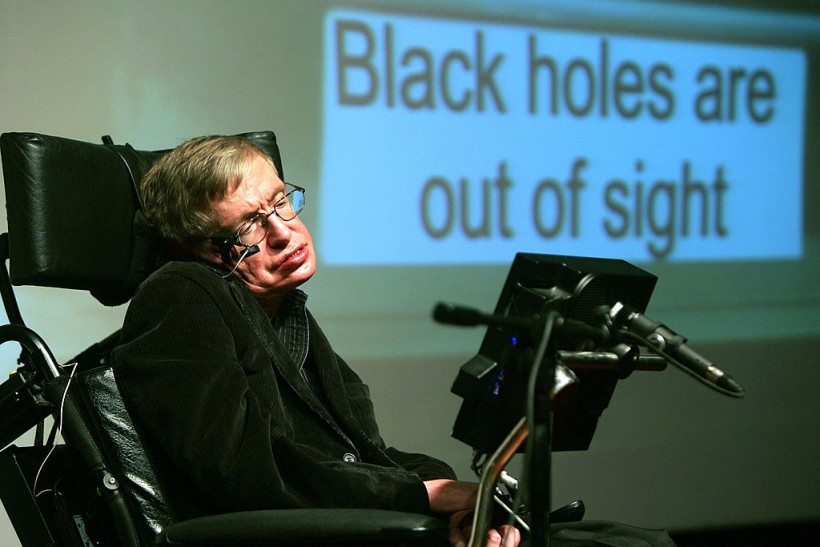In the late 1990s, both Stephen Hawking and Thomas Hertog started working on what turned out to be Hawking's last physics theory before his death in 2018.
Stephen Hawking and Thomas Hertog
According to Phys, there was an instant connection between the two when they first met in Stephen Hawking's office in the late 1990s. Hertog explains that something ended up clicking between them.
Their connection continued even as Stephen Hawking's ALS significantly hampered his communication. Despite the challenges, the pair was able to successfully finish a new theory that sheds light on how science sees the universe.
As he was interviewed by the AFP, Hertog shared about their collaboration for two decades, how they used facial expression to communicate with each other, and why Hawking thought that the "A Brief History of Time book" was written from an erroneous view.
ALSO READ: Stephen Hawking's Last Words Revealed; Atheist Physicist's Final Act of Kindness Exposed
Mysteries of the Universe
As per CNA, Hawking brought up a puzzling issue during the pair's first meeting at Cambridge University back in 1998. Using a clicker linked to a speech machine, Hawking mentioned to Hertog that the universe seems to be designed.
Hertog then mentioned that the laws of physics appear perfect for the universe to be able to accommodate and host life. This string is rooted in the balance that allows atoms to produce molecules that are important for chemistry and for the universe's expansion, which enables galaxies to exist.
He further explains that a trendy answer to the issue would be the multiverse, which is a concept that has been soaring on screens. However, Hawking later realized that the paradoxes that come with the multiverse show that there could be a better way to explain things, Hertog notes.
After a couple of years of collaborating, they started to realize that something fundamental was missing, Hertog notes. Both "A Brief History of Time" and the multiverse were attempts to explain the universe's creation and evolution. However, due to the fact that humans are insiders and not outsiders of the universe, the theories cannot be decoupled from their very own viewpoint. Hertog explains that this is why Hawking thought that the viewpoint from which "A Brief History in Time" was written was wrong.
Non-Verbal Communication
The pair spent 15 years using quantum theory oddities to come up with a new physics and cosmology theory that comes from the perspective of an observer. However, things became extra challenging in 2007 when Hawking could no longer use the clicker.
VOA News reports that the pair was able to come up with an interesting and "somewhat magical" non-verbal communication that enabled them to keep collaborating with each other. Hertog would position himself in front of Hawking and ask questions while looking into Hawking's eyes. Hertog explains that Hawking had varied expressions that ranged from extreme excitement to extreme disagreement.
Hertog explains that disentangling the final theory's parts is impossible, as they came from both of them. Many of the theory's ideas were made by the two as the years passed.
Stephen Hawking's Final Theory
CNA reports that this last theory, which was Hawking's final one before he died in 2018, was fully revealed for the first time in Hertog's "On the Origin of Time" book. It focuses on the early post-Big Bang times.
Both of them propose that the laws of physics evolved as the universe also evolved. Hertog explains that this means that if one turns the clock back sufficiently, the laws will get simplified and end up disappearing.
The theory suggests that the evolution of the laws of physics and time mirrors that of biology. In fact, Hertog's book title mirrors that of Darwin's famous "On the Origin of Species."
Hertog acknowledges the difficulty in proving and testing the theory as the universe's first years are still hidden by the Big Bang's mist.
RELATED ARTICLE: New Solution to Stephen Hawking's Famous Paradox Suggests Black Holes May Carry Information
Check out more news and information on Quantum Physics in Science Times.















